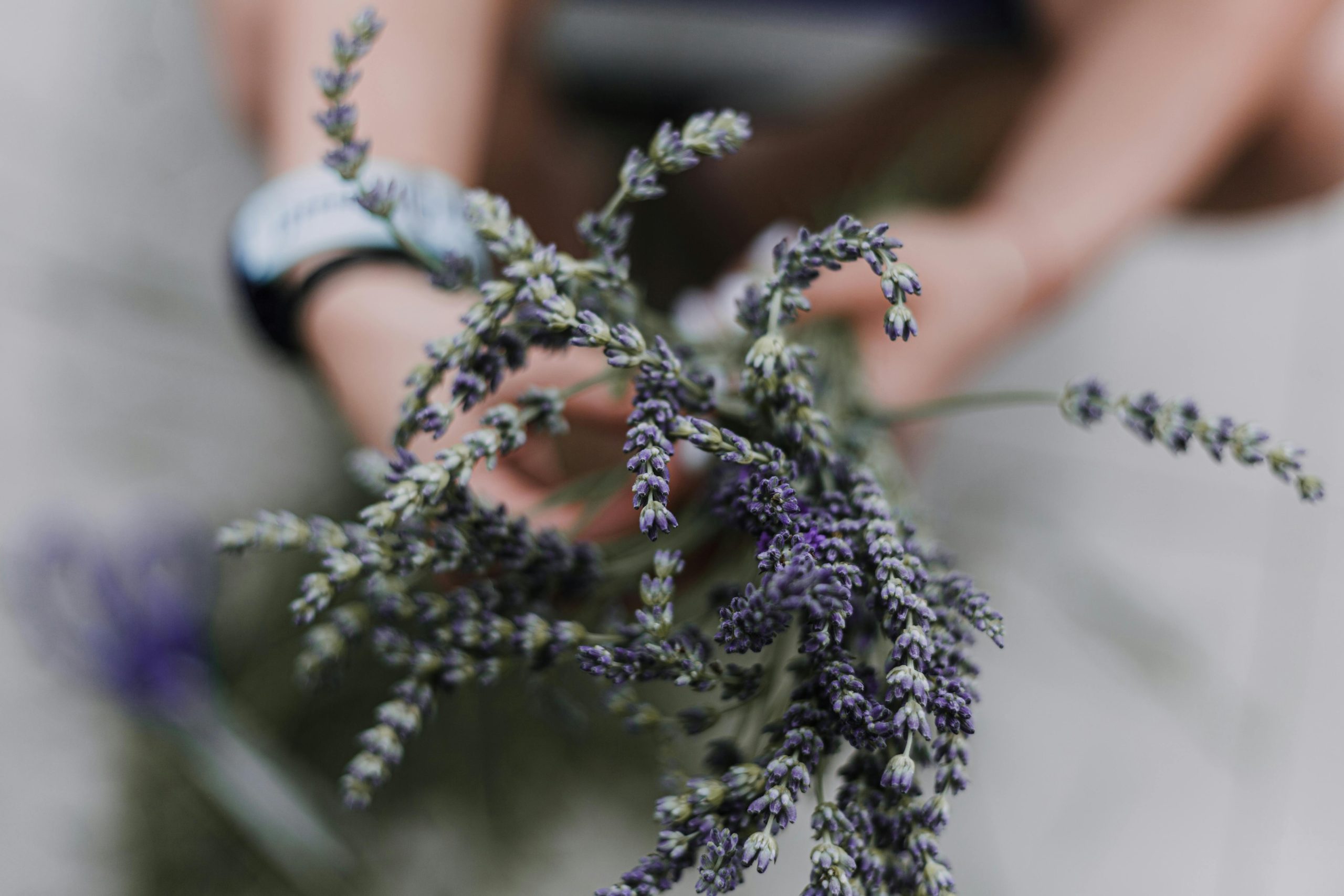Anxiety disorders are the most prevalent psychiatric condition in the United States. Biological factors, family history, stressful life experiences, and/or trauma are all potential causes. We could likely say these days that the world we live in is a cause for anxiety, even if the stressful circumstances aren’t an immediate experience we are having. Being surrounded by those who are suffering from poverty, racism, and homelessness, watching the degradation of civility in our society, knowing that the Earth and it’s flora and fauna are suffering and becoming extinct due to climate change; it’s all too much to bear at times and contributes to general anxiety.
One type of anxiety disorder, generalized anxiety disorder (GAD), affects 2.7% of American adults, and women experience the disorder at a higher rate (3.4%) than men (1.9%).
Anxiety disorders contribute to a lack of a sense of wellbeing, insomnia, depression, reduced ability to work, high suicide rates, as well as to dysregulated cortisol and the consequences of chronic inflammation.
There are numerous pharmaceutical interventions, including serotonin reuptake inhibitors (SSRIs) and serotonin-norepinephrine reuptake inhibitors (SNRIs), tricyclic antidepressants (TCAs), benzodiazepines, monoamine oxidase inhibitors (MAOIs), Buspirone, antihistamines and beta blockers. These medications can be selectively needed, but patients are plagued by side effects that override any benefit for them, and others are habit forming.
Lavender and an extraction of lavender have been on my go-to list for many years now. Much of the research has been done on a proprietary lavender extract, an essential oil extracted from lavender (Lavandula angustifolia, Lamiaceae) flowers.
The lavender extract has been shown to reduce anxiety and anxiety co-existing with depression. Studies have demonstrated its ability to increase extracellular serotonin, dopamine and norepinephrine.
The current meta-analysis of placebo-controlled trials evaluated the efficacy of lavender extract in treating subthreshold anxiety, mixed anxiety and depressive disorder (MADD), and GAD. Patients were included if they had anxiety, mood, or insomnia scores on usual rating scales used in research, above a certain threshold.
Randomized, placebo-controlled trials were included that evaluated the efficacy of lavender extract in treating subthreshold anxiety and anxiety disorders. Patients were required to have a Hamilton Anxiety Rating Scale (HAMA) total score ≥ 18 points and HAMA “anxious mood” and “insomnia” scores ≥ 2 points. Additional inclusion criteria required the use of 80 mg/day of lavender extract, or a placebo evaluated over 10 weeks.
Thirty-seven trials were identified. However, most were excluded for study design and issues with the study population. Five randomized, double-blind, placebo-controlled trials were included in this meta-analysis. The studies included patients diagnosed with subthreshold anxiety, restlessness and sleep disturbances, MADD, and GAD. In each trial, patients received one capsule (80 mg/day) for 10 weeks of lavender extract or a placebo. One trial also included two additional arms using 10 and 40 mg/day of lavender extract. Another trial used paroxetine (a prescription SSRI) as an active control group and an additional lavender extract group of 160 mg/day.
Meta-analysis was performed using the HAMA total score and sub-scores the Zung self-rating anxiety scale (SAS), the Covi anxiety scale (CAS), and the hospital anxiety and depression scale (HADS). The clinical global impression (CGI) scale was used for an observer-rated assessment of change in mental health. A self-rating scale measuring quality of life was also used, the short form health survey SF-36.
A treatment response was defined as a ≥ 50% reduction in HAMA total score or a score of ≤ 2 for CGI item “global improvement.” Remission was defined as a HAMA total score < 7 points at the end of treatment.
In total from the five trials, 1213 patients were assigned to the lavender extract (n = 610) and placebo (n = 603) groups. Three hundred eighty-two patients were diagnosed with subsyndromal anxiety, 315 with MADD, and 790 with GAD (FAS). The average age was 46, and more than two thirds of the patients were female.
The meta-analysis results showed a significant response for lavender extract over the placebo in HAMA total score. In addition to total HAMA scores, lavender extract significantly reduced single items with the greatest effect for “anxious mood,” “tension,” and “insomnia” when compared to the placebo.
Older patients showed a greater treatment effect compared to younger patients. In addition, individuals with more significant somatic complaints and intellectual impairments at entrance to the study showed significantly more improvement in the lavender extract group compared to the placebo group.
At the end of treatment, 51.8% of patients in the lavender extract and 38.8% in the placebo groups showed a HAMA total score reduction of ≥ 50%. Complete remission was observed by 28.4% of individuals in the lavender extract and 22.2% in the placebo groups.
The CGI scores for “global improvement” showed that lavender extract was significantly superior to the placebo. On average, patients were 51% more likely to be “much” or “very much” improved when compared to the placebo. Finally, physical and mental health improvements related to disease-associated quality of life were significantly more pronounced in the lavender extract group when compared to the placebo.
There were no significant differences in adverse events or serious adverse events between the two groups.
Commentary: These results are reminiscent of those I observe in my clinical practice. It would be important to have more independent trials studying lavender extract for anxiety disorders given that all the studies included in this meta-analysis were conducted by the manufacturer and performed in Germany. My usual dose is 80 mg per day, but in more severe cases, I use 160 mg/day. In patients with depression and anxiety, if the lavender extract is not working adequately, a common addition might be St John’s Wort and use both together. Other plants and nutraceuticals for anxiety disorders also can be used in combination with lavender extract, including GABA, L-theanine, hops, valerian, inositol and kava.
Reference:
1. Dold M, Bartova L, Volz HP, et al. Efficacy of Silexan in patients with anxiety disorders: A meta-analysis of randomized, placebo-controlled trials. Eur Arch Psychiatry Clin Neurosci. October 2023;273(7):1615-1628.



